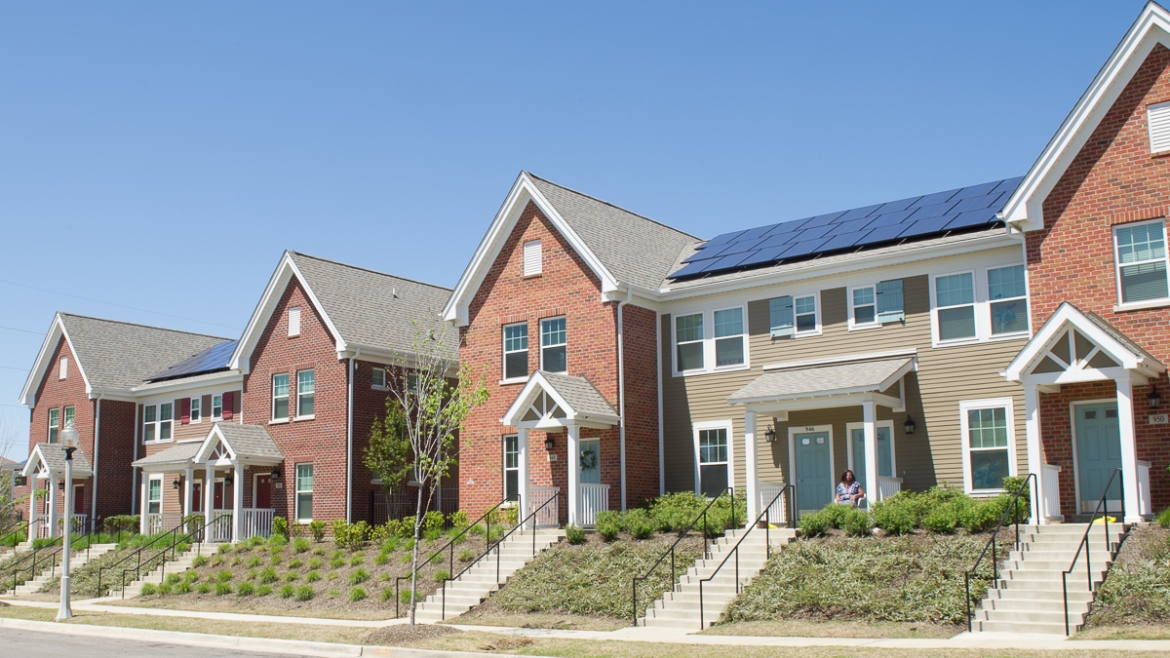In a recent research summary by the Urban Institute, titled “Addressing America’s Affordable Housing Crisis,” experts shed light on the severity of the housing crisis and the potential for real estate investors to play a transformative role. According to their findings, the shortage of affordable housing has reached alarming levels, with only 37 affordable and available rental homes for every 100 extremely low-income renter households. The research highlights several key factors that have contributed to the affordable housing crisis:
- Rising Demand: The demand for affordable housing has surged due to population growth, increased urbanization, and changing demographic trends, placing immense pressure on the housing market. Over 38 million American households now spend more than 30% of their income on housing, impacting their ability to meet other essential needs.
- Insufficient Supply: The supply of affordable housing has not kept pace with the rising demand, leading to a shortage of suitable and reasonably priced homes for low and middle-income households. From 1990 to 2017, the number of rental homes affordable to low-income renters decreased by nearly 4 million units, while the number of cost-burdened renters dramatically increased.
- Rising Costs: Construction and development costs have soared, making it challenging for builders and developers to create affordable housing units without compromising on quality. In some areas, the cost of land and construction has made it nearly impossible to produce affordable housing without significant public and private investment.
- Policy Challenges: Inconsistent and sometimes restrictive policies at the federal, state, and local levels have hindered efforts to address the crisis effectively. Policy interventions, such as housing subsidies and zoning reforms, can play a crucial role in expanding the availability of affordable housing.
It is essential for real estate investors to recognize that this crisis presents not only challenges but also opportunities. By actively engaging in initiatives to address the affordable housing shortage, investors can make a positive impact on the lives of countless individuals while also benefiting their investment portfolio. Here are some ways real estate investors can contribute and benefit:
- Affordable Housing Development: By investing in affordable housing projects, investors can help increase the supply of much-needed housing units. These investments can also attract incentives and tax benefits in some regions, providing potential financial advantages.
- Renovation and Rehabilitation: Revitalizing existing properties for affordable housing can be a cost-effective strategy. Investors can transform distressed properties into habitable homes, thereby improving neighborhoods and fostering community development.
- Public-Private Partnerships: Collaborating with government agencies and non-profit organizations can create opportunities to leverage resources and expertise in tackling the affordable housing crisis. These partnerships may lead to access to grants or subsidies.
- Long-Term Steady Returns: Affordable housing investments often offer stable and predictable returns. While the immediate profit margins may not be as high as luxury properties, the steady cash flow and long-term growth potential can prove highly rewarding.
- Positive Social Impact: Investing in affordable housing is not just about financial gains; it is also about making a positive difference in people’s lives. Contributing to the well-being of communities can lead to a sense of fulfillment and purpose.
Investors have a unique opportunity to address one of the most pressing challenges of this country’s time while securing sound financial returns. By embracing a thoughtful and purpose-driven approach to affordable housing, we can create a win-win situation for both society and our investment objectives.



